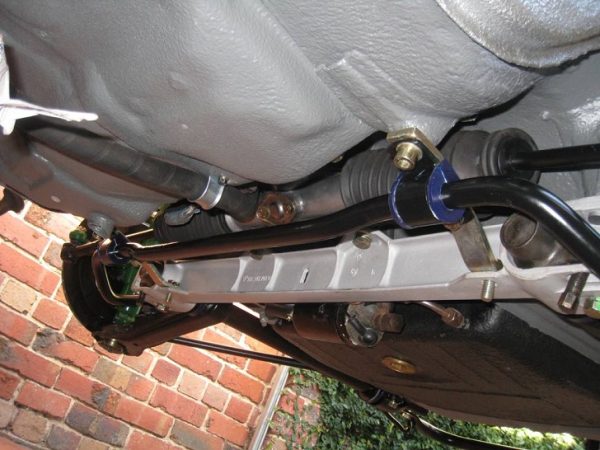The fuel pump is like the heartbeat of a car. A very important part of the fuel management system, the fuel pump is so critical to the entire functionality of an automobile to the extent that if it blinks for a second, the entire vehicle becomes practically affected.
Its main function simply is to transport fuel from its enclosed position inside the fuel tank through the fuel lines or rails to the injectors or carburettor as the case may be. What are the telltale signs that your fuel pump might have gone bad? These come in several forms that might get you thinking it’s as a result of other malfunctioning components in your car.
Though fuel pumps are built to last longer than some basic car components they also have the tendency to go bad with time. The following signs reveal that your pump is on its way out and needs attention.
Hard starting: This seems to be one of the most common symptoms of a failing fuel pump. The basic function of a fuel pump is to transport fuel from the fuel tank to the engine via the fuel rail and the injector nozzles. When a fuel pump goes bad it is unable to transport little or enough fuel to start the engine. The logical thing to do is to carry out some series of tests on the fuel pump to ascertain the extent of the damage. If faced with this sort of challenge, it is advisable to replace the pump.
Surging and jerking: Surging and jerking could be signs of other faulty components in a car, be it the spark plugs or bad air flow meter. But is also a tale sign of a faulty fuel pump. Have you ever experienced a sudden increase in speed when driving at a constant pace? This is a result of a failing fuel pump. The first thing to do is to run a fuel pressure test as this would help ascertain the extent of damage to the fuel pump.
Loss of power during acceleration: Loss of power during acceleration is a clear indication that there is something wrong with your fuel pump. If your fuel system experiences a loss of power during acceleration, it is a clear pointer to a bad fuel pressure regulator or some clogged up fuel lines. Because your car requires more fuel to keep up the pace during increased acceleration, it is expected that the fuel pump supply’s more fuel to the combustion chamber when acceleration is increased. if the fuel pump or associated components are compromised, then there is every possibility of experiencing a loss of power due to inadequate supply of fuel. To keep up with increased acceleration, run a fuel pressure test using a fuel pressure tester before replacing the fuel pump.
Loss of engine power under stress: Loss of engine power under load simply means loss of power when the engine is engaged either in forward or reverse mode. This could be more common with cars driven by an automatic transmission. Because of the extra power needed by the engine to engage transmission, a faulty or outright bad fuel pump might cause the engine to loose power under this sort of load thereby making it incapable of performing optimally. A replacement of the fuel pump is almost inevitable in this case.
Increased fuel consumption: Increased fuel consumption can be attributed to some other components in a car like an airflow meter, faulty air mass sensors, worn out oxygen sensors, or vacuum leaks. But a faulty fuel pump can also contribute to an increase in fuel consumption. The fuel pump is made up of tiny subcomponents which include a relief valve. The function of this relief valve is to regulate the amount of fuel flow that goes to the engine. If by chance this valve opens abnormally, more fuel will go into the engine thereby flooding it with too much fuel than required at that time. To handle this, run a physical inspection on the fuel system before conducting a fuel pressure test.
Whatever the case might be, it is always best to run a fuel pressure test when faced with a fuel pump challenge or problem. This will help determine the extent of damage, the exact cause of damage and an appropriate solution in dealing with the problem.


